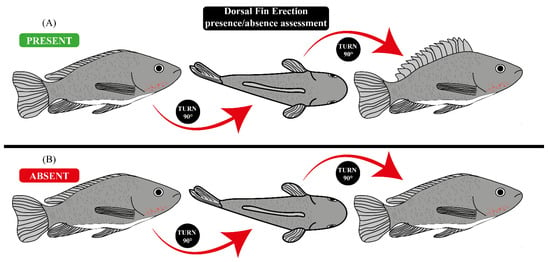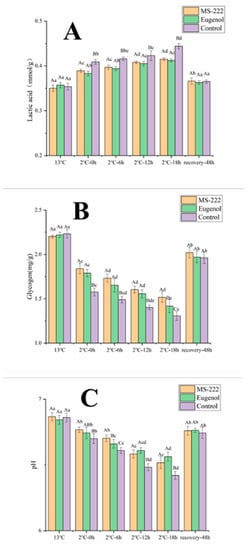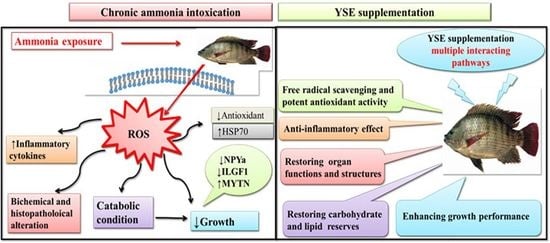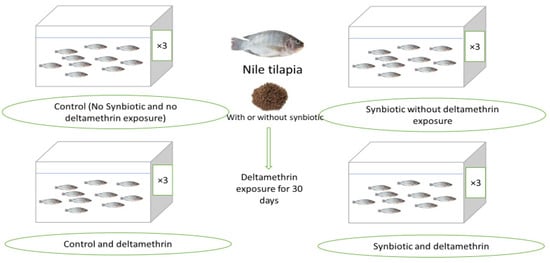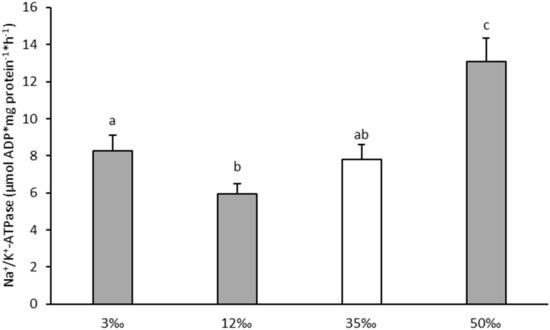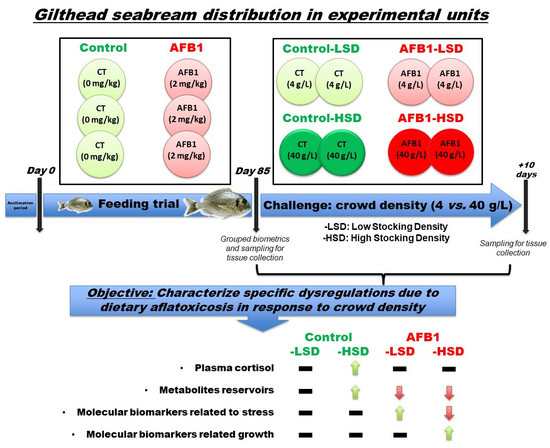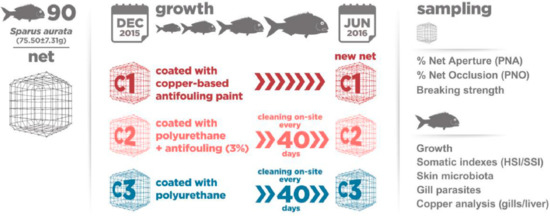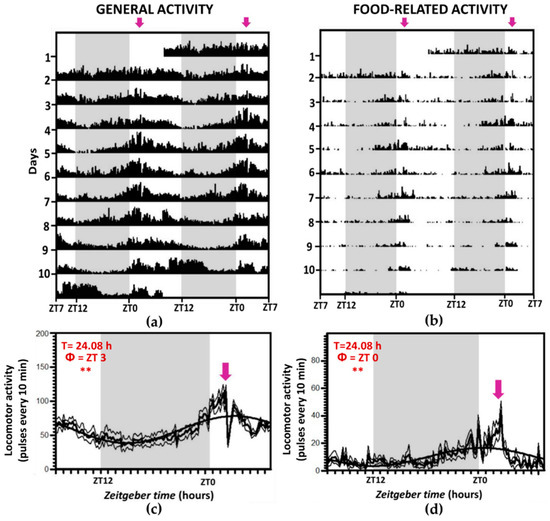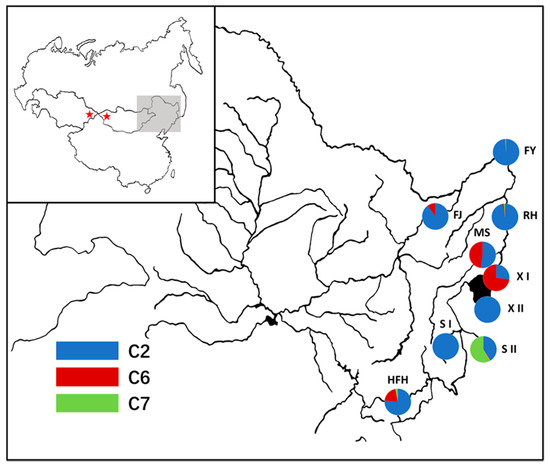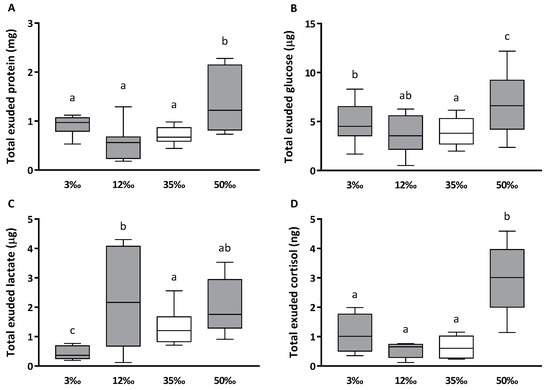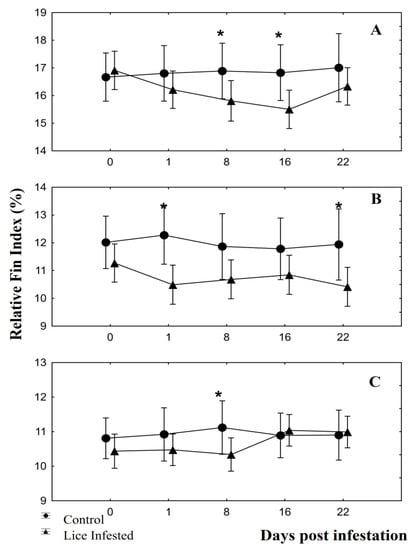New Approaches to Fish Welfare
A topical collection in Animals (ISSN 2076-2615). This collection belongs to the section "Aquatic Animals".
Viewed by 57241Editors
Interests: animal physiology; comparative physiology; fish nutrition fish metabolism; skin mucus; fish “omics”
Interests: fish welfare; animal physiology; aquatic animals; aquaculture; stress; fish; metabolism
Special Issues, Collections and Topics in MDPI journals
Interests: ecotoxicology; fish biology; signaling pathways; fish physiology; fish metabolism; fish stress; fish osmoregulation; aquaculture
Special Issues, Collections and Topics in MDPI journals
Topical Collection Information
Dear Colleagues,
The study of fish welfare has increasingly become the main topic of many R&D projects and activities. Through the advances achieved in superior vertebrates and by adapting the methodologies used in the field, our knowledge of how fish suffer, feel pain or stress, and show specific behavioral traits has significantly grown, and many scientists are currently researching innovative methodologies for both assessing and improving fish welfare. The results and findings of these works are not only relevant for the scientific world, but also for seafarmers, zoo/aquarium veterinaries and technicians, ecologists, biologists, and the whole society, which is increasingly becoming interested in this subject.
Therefore, this Special Issue aims to gather innovative works which can contribute to the knowledge and improvement of fish welfare, including wild and captive (zoos, seafarms, aquariums) animals. As welfare is a broad and multidisciplinary subject, many disciplines can be addressed in these articles, such as fish reproduction, pathology, immunology, endocrinology, metabolism, behavior, zootechnnics, and other related fields, being always focused on the study of fish welfare from a physiological, behavioral, zootechnical, ecological or evolutionary perspective.
Dr. Antoni Ibarz
Dr. Marcelino Herrera
Dr. Luis Vargas-Chacoff
Collection Editors
Manuscript Submission Information
Manuscripts should be submitted online at www.mdpi.com by registering and logging in to this website. Once you are registered, click here to go to the submission form. Manuscripts can be submitted until the deadline. All submissions that pass pre-check are peer-reviewed. Accepted papers will be published continuously in the journal (as soon as accepted) and will be listed together on the collection website. Research articles, review articles as well as short communications are invited. For planned papers, a title and short abstract (about 100 words) can be sent to the Editorial Office for announcement on this website.
Submitted manuscripts should not have been published previously, nor be under consideration for publication elsewhere (except conference proceedings papers). All manuscripts are thoroughly refereed through a single-blind peer-review process. A guide for authors and other relevant information for submission of manuscripts is available on the Instructions for Authors page. Animals is an international peer-reviewed open access semimonthly journal published by MDPI.
Please visit the Instructions for Authors page before submitting a manuscript. The Article Processing Charge (APC) for publication in this open access journal is 2400 CHF (Swiss Francs). Submitted papers should be well formatted and use good English. Authors may use MDPI's English editing service prior to publication or during author revisions.
Keywords
- fish welfare
- innovative approach
- physiology
- behavior
- stress
- fish culture
- wild fish
- aquarium







